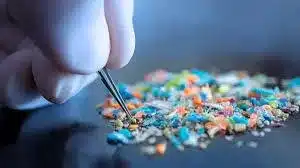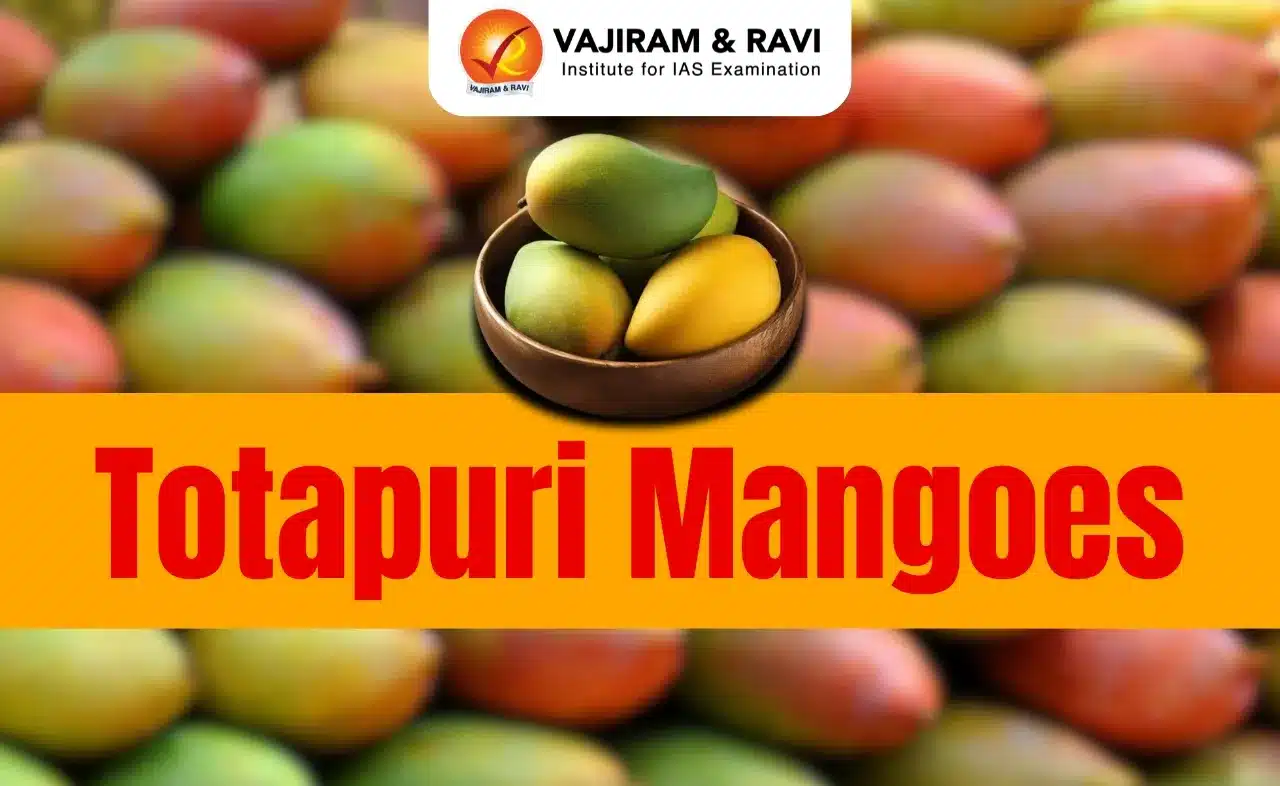Understanding Antibiotic Resistance (AR)
- Definition: AR is a type of antimicrobial resistance where bacteria evolve to withstand the effects of antibiotics, making infections harder to treat.
- Mechanism: It occurs primarily due to genetic changes that allow bacteria to neutralize or evade drugs designed to kill them.
Key Findings of the Study
- Impact on Gut Microbiome: Nanoplastics can transform Lactobacillus acidophilus, a beneficial gut microbiota, into a carrier of AR genes.
- These AR genes can be transferred to pathogenic bacteria, exacerbating the AR crisis.
- Horizontal Gene Transfer (HGT):
- Polyethylene terephthalate bottle-derived nanoplastics (PBNPs) facilitate the transfer of AR genes from E. coli to Lactobacillus acidophilus via HGT.
- HGT involves gene transfer across different bacterial species, unlike vertical gene transfer, which occurs from parent to offspring.
- Mechanisms of AR Gene Transfer:
- Direct Transformation Pathway: PBNPs act as physical carriers, transporting AR plasmids across bacterial membranes. This facilitates direct gene transfer between bacteria.
- OMV-Induced Transfer Pathway: PBNPs induce oxidative stress, triggering an increased secretion of outer membrane vesicles (OMVs). These OMVs, loaded with AR genes, serve as potent vectors for gene transfer between bacterial species, including beneficial and pathogenic bacteria.
What Are Nanoplastics?
- Definition: Nanoplastics are solid particles of synthetic or heavily modified natural polymers, ranging in size from 1 nm to 1000 nm.
- Types:
- Primary Nanoplastics: Intentionally produced for specific applications.
- Secondary Nanoplastics: Generated from the fragmentation of larger plastics, often released unintentionally into the environment.
Q1: What are nanoparticles, and why are they important?
Nanoparticles are ultra-small particles with dimensions typically between 1 and 100 nanometers. Due to their tiny size and high surface area-to-volume ratio, they exhibit unique physical, chemical, and biological properties, making them valuable in diverse fields like medicine, electronics, environmental science, and materials engineering.
News: Nano-plastics identified as emerging agents in spread of antibiotic resistance.
Last updated on June, 2025
→ UPSC Notification 2025 was released on 22nd January 2025.
→ UPSC Prelims Result 2025 is out now for the CSE held on 25 May 2025.
→ UPSC Prelims Question Paper 2025 and Unofficial Prelims Answer Key 2025 are available now.
→ UPSC Calendar 2026 is released on 15th May, 2025.
→ The UPSC Vacancy 2025 were released 1129, out of which 979 were for UPSC CSE and remaining 150 are for UPSC IFoS.
→ UPSC Mains 2025 will be conducted on 22nd August 2025.
→ UPSC Prelims 2026 will be conducted on 24th May, 2026 & UPSC Mains 2026 will be conducted on 21st August 2026.
→ The UPSC Selection Process is of 3 stages-Prelims, Mains and Interview.
→ UPSC Result 2024 is released with latest UPSC Marksheet 2024. Check Now!
→ UPSC Toppers List 2024 is released now. Shakti Dubey is UPSC AIR 1 2024 Topper.
→ Also check Best IAS Coaching in Delhi






















